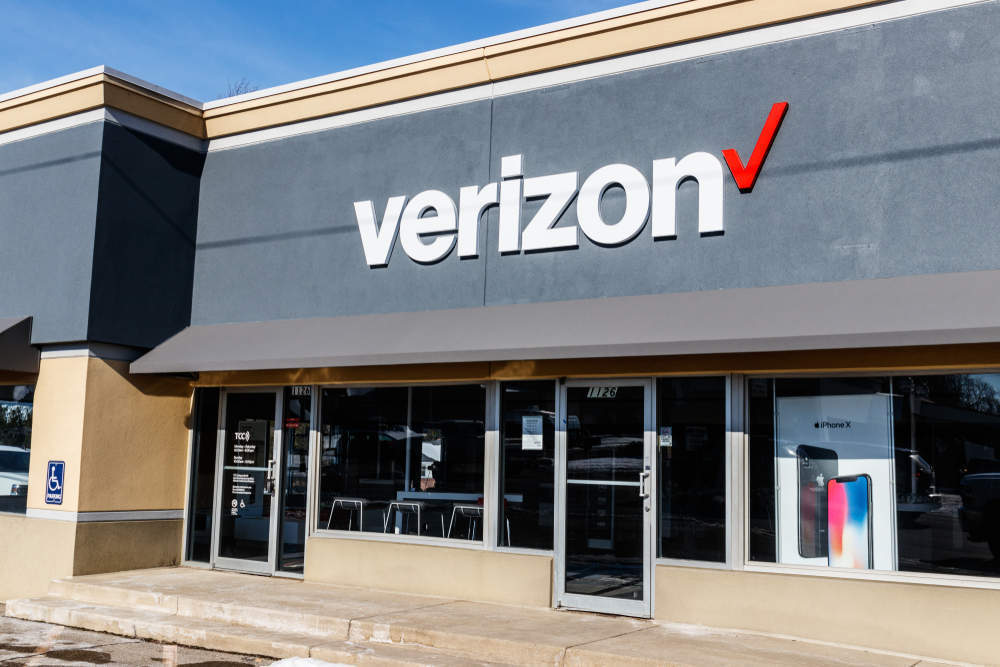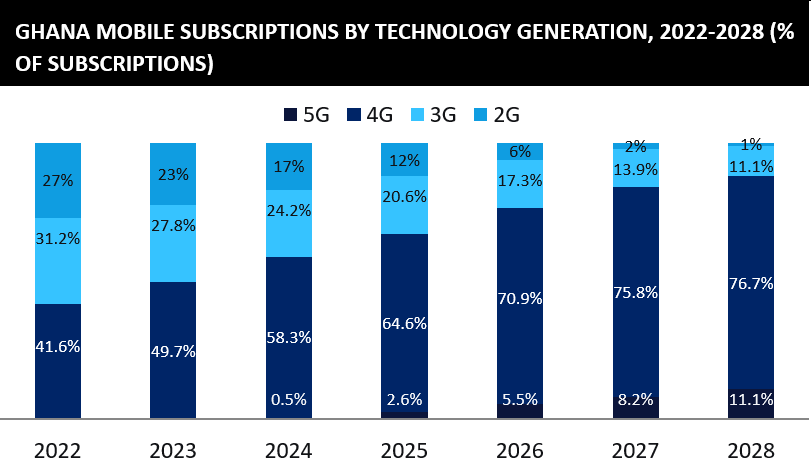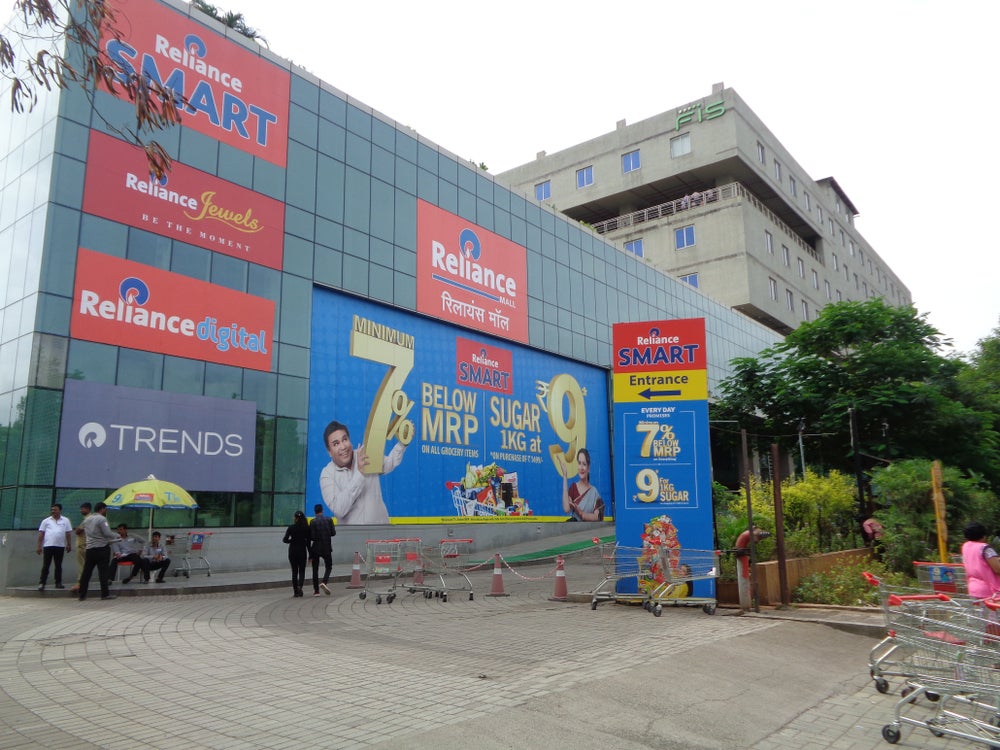
As 5G technologies are increasingly used for mobile and some fixed wireless access applications, 4G long term evolution (LTE) can still play a significant role in rural broadband. The latest example of that is Verizon’s new LTE Home Internet service, which it just extended to parts of 189 markets across 48 US states.
LTE Home Internet service first launched on 30 July in parts of Georgia, Missouri, Tennessee, Virginia and Kentucky. Verizon has moved rapidly to extend service to select rural areas in every state except Alaska and Vermont as of 1 October.
LTE Home Internet provides unlimited data, plus internet download speeds of 25 Mbps with peaks up to 50 Mbps for $50/month for Verizon wireless customers on mobile plans that cost $30/month or higher, while non-Verizon wireless customers pay $70/month. A $10/month discount for autopay and paperless billing is available for both options.
LTE answers an un-met need
Though relatively slow, the service appears to meet the Federal Communication Commission’s definition for broadband, which is a minimum of 25 Mbps download speed and 3 Mbps upload speed. (Fixed Wireless Access) FWA speeds generally pale in comparison to broadband speeds available in major metropolitan areas, yet they can deliver much-needed internet service to users in rural and remote areas who have limited or no connectivity options. The FCC has said that 24 million people in the US lack fixed terrestrial broadband at speeds of 25 Mbps/3 Mbps, though critics contend that estimate is low.
The need for reliable, fast residential internet has never been greater than it is now due to Covid-19’s impacts on work, school and daily life in general, which is driving Verizon to get more aggressive in fixed wireless access services. The carrier reports that its initial deployments of LTE Home Internet over the summer received a very welcome reception. Yet despite this month’s expansion of service, the geographic footprint for Verizon LTE Home Internet is still quite restricted, and low rural population densities will restrict subscriber additions.
Speed is king in densely populated areas
The service’s rapid, though still limited, expansion shines a light on problems Verizon faces in rolling out its higher-profile fixed wireless access service, 5G Home, which relies upon coverage-constrained millimeter-wave spectrum that is restricting it to densely populated metropolitan areas. In contrast, LTE Home Internet uses multiple spectrum in lower bands – all of which deliver broader coverage than millimeter-wave. What millimeter-wave offers is speed; 5G Home touts maximum download speeds up to 1 Gbps, with typical download speeds of 300 Mbps, making it a potentially viable competitor in cities where customers also have other options for their broadband service.
How well do you really know your competitors?
Access the most comprehensive Company Profiles on the market, powered by GlobalData. Save hours of research. Gain competitive edge.

Thank you!
Your download email will arrive shortly
Not ready to buy yet? Download a free sample
We are confident about the unique quality of our Company Profiles. However, we want you to make the most beneficial decision for your business, so we offer a free sample that you can download by submitting the below form
By GlobalDataFor now, 5G Home is limited to parts of just eight cities, after adding Minneapolis and St. Paul, on October 1. Two additional cities are slated to get 5G Home service by year’s end. Nonetheless, Verizon continues to miss opportunities to drive signups to the fledgling 5G Home service due to its negligible footprint.
Such missed opportunities should provide an impetus for Verizon to continue rolling out 5G Home and LTE Home Internet. Seemingly insatiable demand for broadband should drive Verizon and rival carriers to continue deploying FWA services as appropriate based on individual market prospects.







